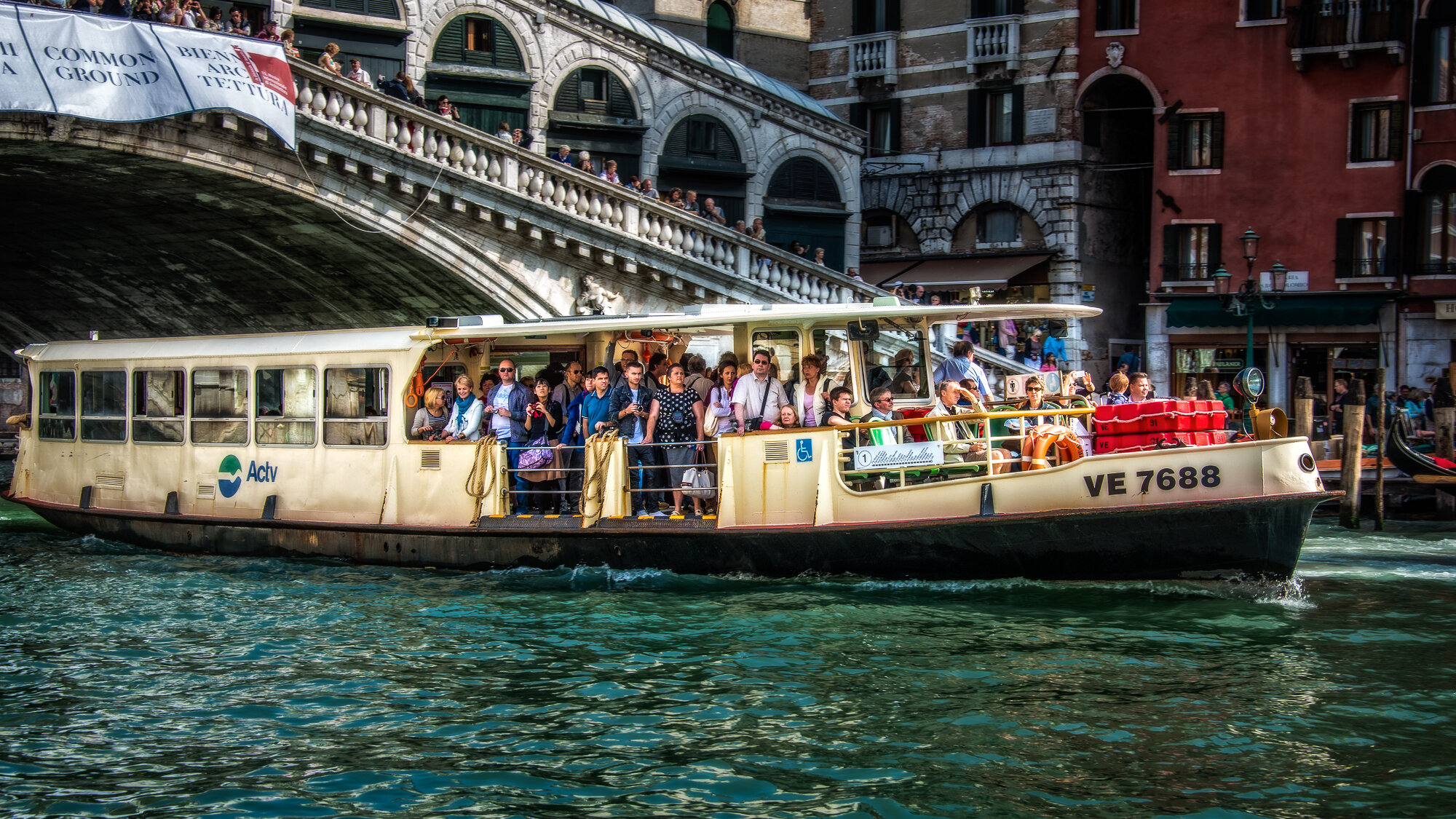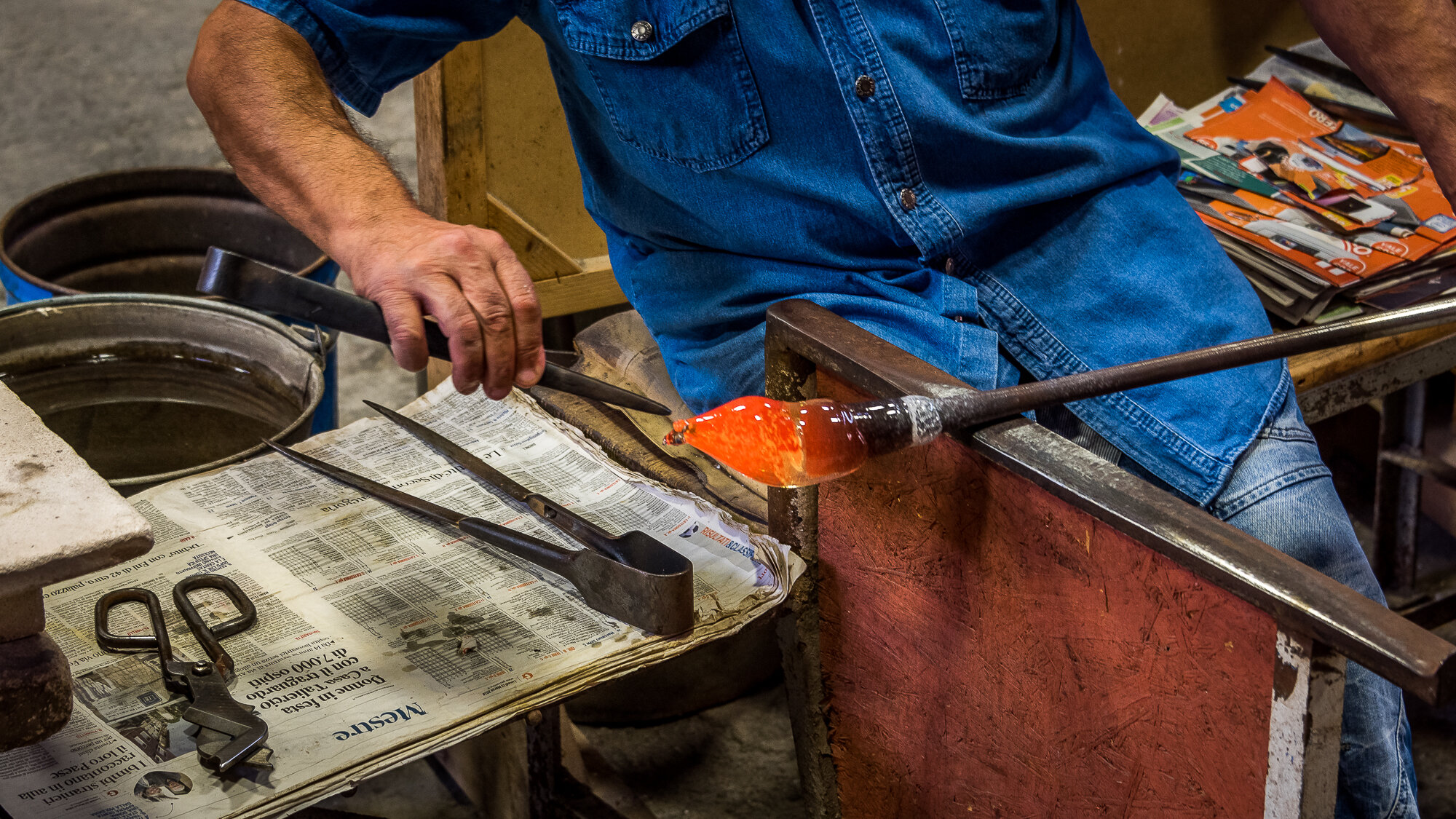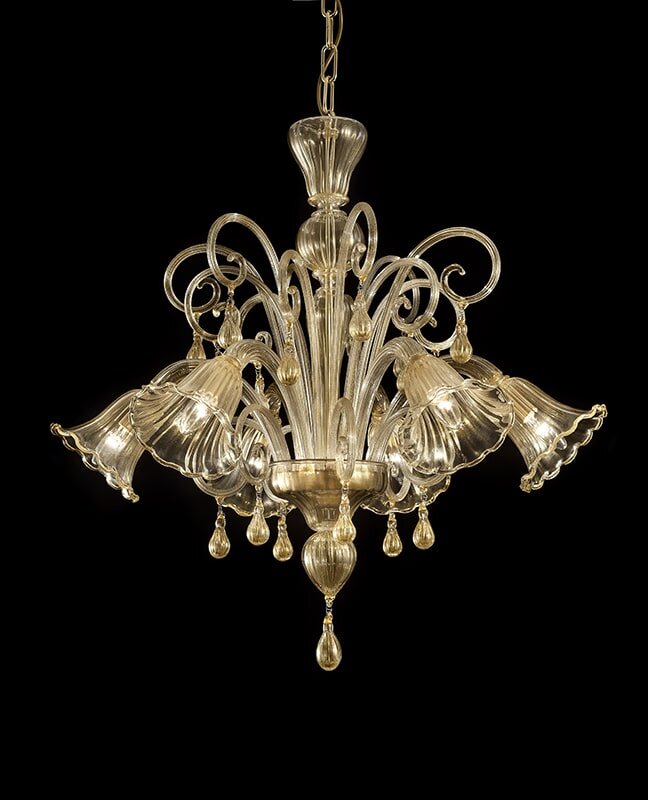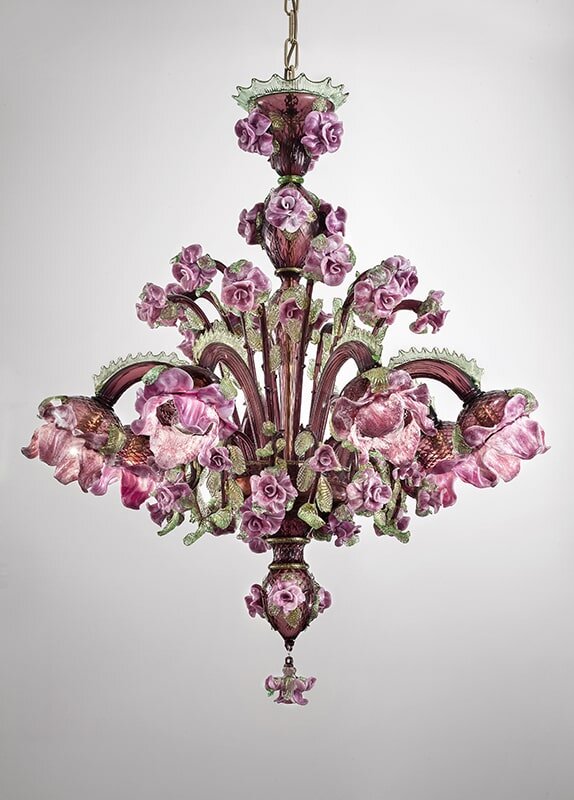Today we need to get out our bag of stonemason’s tools to perform some major alterations along a Venetian canal. We’ll need to cut a building in half and then reassemble it to our liking…well, at least my liking…and I hope you like it, too,.
As usual, we will start with a really, really blah snapshot and convert it for more of a fine-art look. The photo was snapped so quickly that I neglected to get the canal in the shot. But no worries, I’ve also got a firehose in my set of tools that should help us to take care of that problem. So, here goes…
The Original Snapshot
So, here it is.
Original snapshot
A piece of this building has fallen ott!
As is often the case, the photo is not level…it droops to the right. I’ll have to jack up the right side of this brick building to alleviate that problem.
And I don’t know whether you noticed it, but there is actually a big chunk of the building that’s fallen off. Look along the right side, or in the detail photo.
I didn’t do that folks…”it was that way when I found it”…how many times have we used that line?! I’m going to use the ‘if you ignore it, it’ll go away’ mantra to resolve this major structural issue.
And there’s a big crack running from the top of the window on the right going toward the top-right corner of the photo. I’m not touching it…I’ll leave it as I found it.
Finally, that window on the right side of the photo has a really distracting reflection that needs to be removed.
The First Alteration
Building jacked up and leveled? Check.
Chunk of missing building on the right ignored? Check.
Didn’t mess with that big crack? Check.
Reflection in right-hand window removed? Check.
No missing chunk and building leveled out
A Major Rework
OK, I’m going waaaay out on a limb here, and I hope you like where I’m going next. I can only assume that like me, you don’t like that big empty space in the middle of the photo. Am I right? (That’s not a rhetorical question, by the way, so you can answer right out loud wherever you happen to be as you are reading this…maybe even shout it out.)
So, I pulled out my building-cut-in-half tool. Getting rid of the excess bricks wasn’t particularly a problem, as they fell right there into the canal. And, I like the way we were able to fit the bricks from one wide with the other…interlocking them as we went. I also decided that the second-from-the-right window needed its own reflection removed.
But, I’ll be darned…because I messed with the cut-and-rejoin stuff, that crack has opened up to a dangerous extent. Why I let you talk me into messing with this building, I’ll never know. Help me out here…OK?
Middle removed, but huge crack opened up
This’s better. I know, right? Thanks for giving me a hand. And I didn’t mean to come down on you…in my panic I felt I needed to blame someone else…and you were handy. I won’t do it again! Let’s move on.
Crack repaired…with your help
Took Some Out…Put Some Back In
Things are now looking a little too ‘packed in’ to me. The windows are too close to the edge of the photo. So, I’ll recover some of those bricks that fell into the canal, grab some mortar, and I’ll get to work adding some brick work to each side of the photo.
Widened the photo
Is The Tide Out, Or What?
Well, this is a lagoon in the Adriatic Sea, so maybe the tide is out, indeed. Glad I packed that firehose into my kit. So, let’s use it to fill up the latent canal.
Water added to canal
The Final Photo
All that’s left is to give the brick work that Venetian glow and to ‘enrich’ the water a bit. And there you have it! Major rework of a Venetian building with just a small hiccup that you were able to help me repair. I kind’a wish that the original architect had designed it this way…right?
Whilst in Venice, touring the numerous beautiful churches with their fabulous artworks, many artworks are often draped over and scaffoldized as they are restored. Today, we were able to do some renovation and restoration without distracting the traveler from their pursuit of visionary pleasures.
Ciao for now,
Steve
p.s. Thanks again for helping me to repair that crack…it was my problem, and I’m grateful for your help.
Not already a subscriber to these blog articles? Click here for a remedy.














































